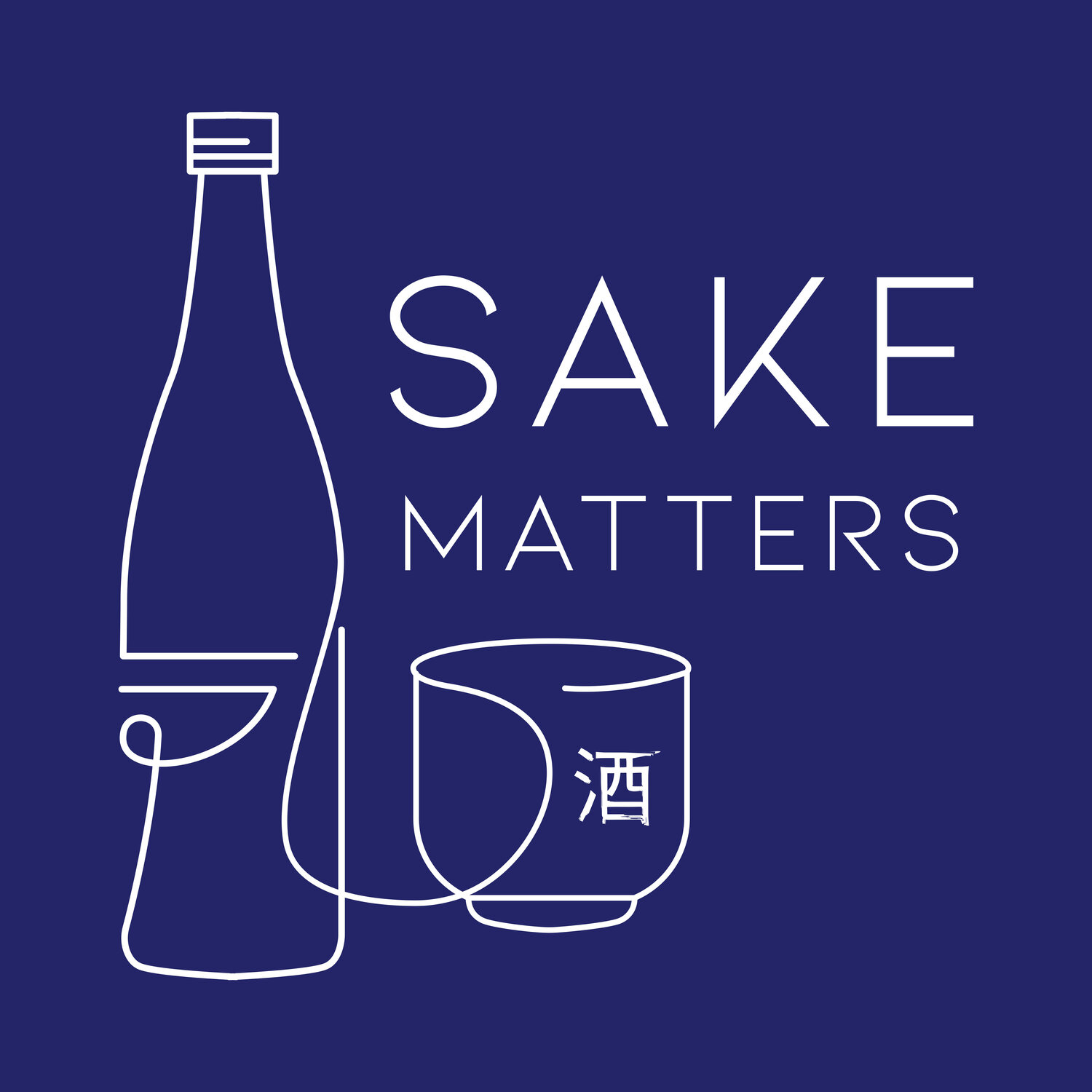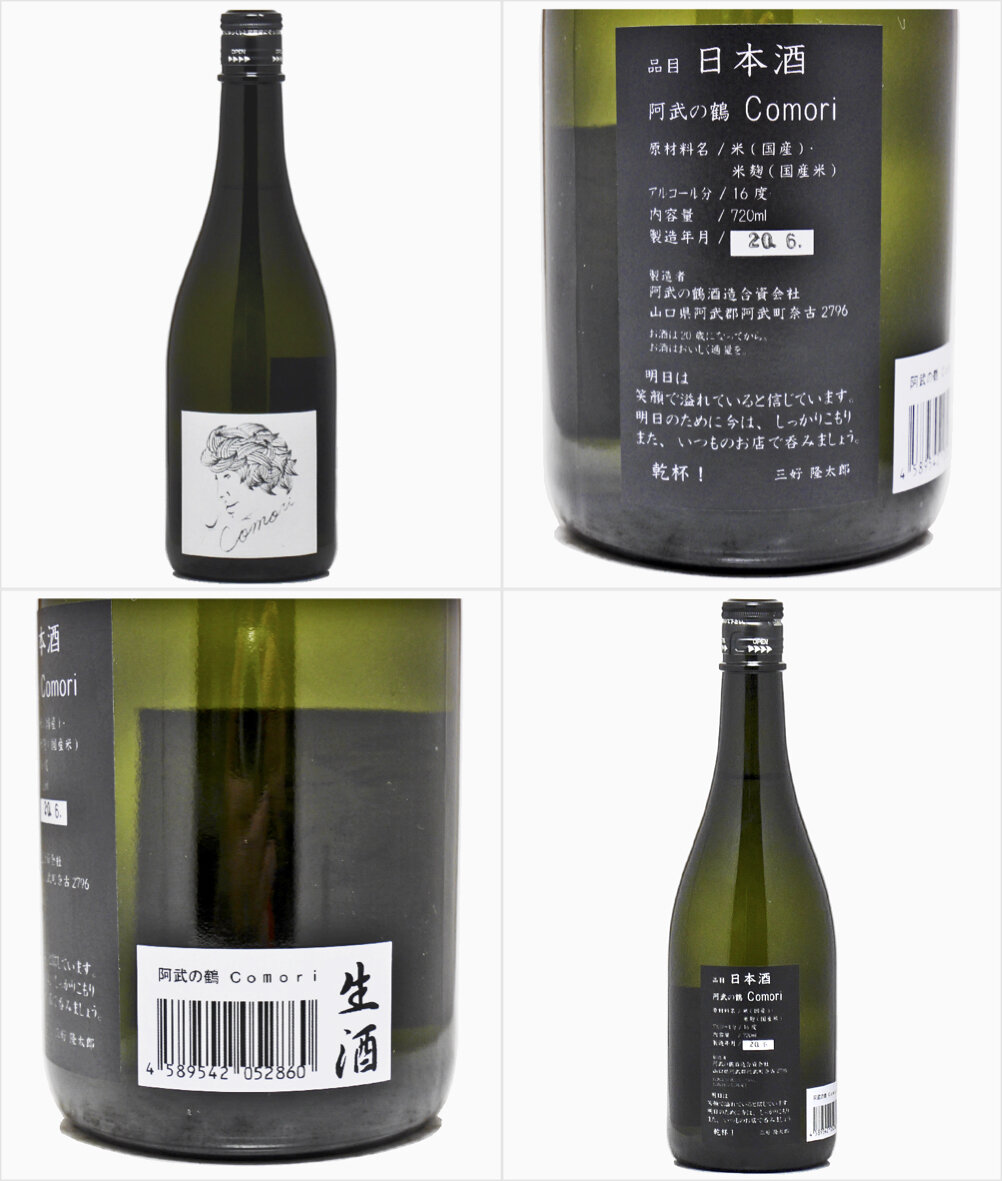STAYING AT HOME IS THE NEW GOING OUT
As the media continues to share an almost Groundhog Day-like monologue of virus centric headlines, I hear many talking about what they achieved in the first half of 2020 in lieu of a normal existence.
Live streamed Peloton workouts seem to be a thing now for those who can afford it. I’ve seen too many push-up challenges by people clearly non-plussed about being nominated and a friend of mine is running 10k in an absurd 40 minutes in preparation for a virtual marathon (I’m looking forward to seeing the virtual medal). Me? Well I embraced technology (kicking and screaming) and got Sake Matters up and running. But it’s still far from life as we know it really, isn’t it?
The Sake world too has been active and creative over the course of these months, with more than a handful of breweries addressing the initial sanitizer shortage and diluting down their jozo alcohol to less potent levels, although this initiative led to some safety concerns. A good-spirited endeavour nonetheless, if you’ll excuse the pun.
We know that behind closed doors the industry is facing an even steeper uphill battle than usual, with consumer demand for Sake taking a hit on Japanese shores due to restaurant closures. Sales are down in the export markets also but it’s good to see that brewers haven’t lost their sense of humour.
In fact the situation has shone a new light on what is largely a rather reserved and conservative industry. Brewers have delivered innovative virus-bashing labels, like Ninki-Ichi Shuzo in Fukushima. Their Beat Covid-19 Wood Barrel Junmai Ginjo depicts a painting by Hokusai Katsushika, a well-known artist in the Edo period, wherein the mythical Demon Queller is seen to be controlling the illness by riding on a lion, the embodiment of the epidemic.
Just head to YouTube and sing along
A dozen or so Toji have performed the heartwarming Let’s Drink At Home hit song and created fundraising initiatives, not least ソーシャルディスタン酒(シュ)from Imayo Tsukasa brewery.
Their Social Distance Sake comes in three milling rates, sagely counselling the drinker to be patient for now, think of others, enjoy an online drinking party (thanks to technology!) and keep calm with the promise:
We are waiting for you in the Sake brewery until freedom comes again!
More importantly, they will donate a small part of each sale to the Nippon Foundation which provides emergency support for the spread of the virus.
In keeping with the smiling personas of the larger than life Sake heroes I have ‘met’ through countless brewery Zooms this year, this article celebrates the endeavours of one brewery that’s keeping the Sake troops entertained and well-watered. It is, of course, my go to Yamaguchi brewery, Abunotsuru.
In true Japanese language style, Comori (こもり), the name of this milestone Sake, has many translations. Most on brief of these is stay at home, citing the stress free way to drink there without the need to fear missing the last train of the night. Not such a daft concept even pre-2020.
Another option would be that Comori refers to a small portion or small serving. As is often the case, after a few ochoko of good Sake, resistance dwindles and it’s very tempting to finish the bottle, by means of more generous omori….big portion. I, of course, have no idea what Miyoshi-san is referring to!
On a practical note, Comori is a verb meaning take care of children. This is a more serious sentiment and likely to be a wise message, given that by now the kids have burned through an astonishing amount of bandwidth, and most of Netflix, in between home-schooling bust ups.
So to the Sake. A limited 3,000 bottles only were made for summer 2020, and it really is a warm season Sake with a little fizz, expected from being unpasteurized, and flavours of ripe red fruits and berries, very ripe in fact and almost jammy. Certainly cherries. Maybe pears. Either way, it glistens in the glass.
You can tell the rice - Yamadanishiki - has been milled to Daiginjo level, it’s sophisticated and clean drinking. As always with Miyoshi-san, it’s a little sweet, less so maybe than his Miyoshi series Sakes, but that sweetness is carried well by the summer fruit esters.
Probably the ultimate pairing for Comori
One critic mentioned the sweetness was conveyed by “custard cream” in which case I’ve basically just tasted the classic British trifle, but that feels a little clumsy and underwhelming for such a class act, delicious though that pud is!
This sweetness is seen to attract female Sake fans to Miyoshi-san’s portfolio and the bottle itself is sleek and minimalist, with less chaotic kanji to bewilder a would be customer. The label itself is artistic, and texturally tactile to boot, a simple sketch of the Toji himself looking admiringly into his own glass of the stuff, very Zen.
Yamaguchi Prefecture, where the magic happens
The overall experience of drinking Comori feels quite special, very adult and sophisticated, and inspires me to support the Sake industry by, well, drinking more Sake. Not really a hardship but a sacrifice I am willing to make. And you should too.
After all, the future is bright, how can it be anything else with a Demon Queller on our side and Miyoshi-san’s label sign off reassuring us that:
I believe that tomorrow will be full of smiles
Me too.
FOOTNOTE:
Comori was provided by Eric and Kayoko’s business Flavour Of Life, based in Hong Kong importing Sake and wine from Japan. For more information, please contact: askus@flavour-of-life.com
…and follow them on Instagram here: @flavour__of__life
QUICK GLOSSARY:
Jozo: Brewing regulations allow for jozo-alcohol, made from molasses and grains, to be added to the fermentation to extracts aromas and esters
Shuzo: Sake brewery. Often added to the company name e.g. Morikawa Shuzo
Junmai: Sakes made with no added alcohol are Junmai, the only ingredients are rice, water and Koji mould
Ginjo吟醸: Sake made from rice at a polishing ratio below 60%
Daiginjo大吟醸: Sake made from rice at a polishing ratio below 50%
Toji: Master Sake Brewer and team leader of all brewery workers
Ochoko: A small traditional cup, normally ceramic but can be earthenware, plastic, metal or wood, for Sake drinking
Nama(zake): 生酒 (生:raw, fresh, or living; 酒:sake) – in short, unpasteurized Sake
Yamadanishiki: A rice varietal grown specifically for Sake production
Kake-mai: Steamed Sake rice
Koji-mai: Sake rice that has been inoculated with the Koji-kin mould
LINKS:
Abunotsuru Sake Brewery Joint Stock Company
〒759-3622
2796 Nako, Abu-cho, Abu-gun, Yamaguchi Prefecture
www.abunotsuru.jp











